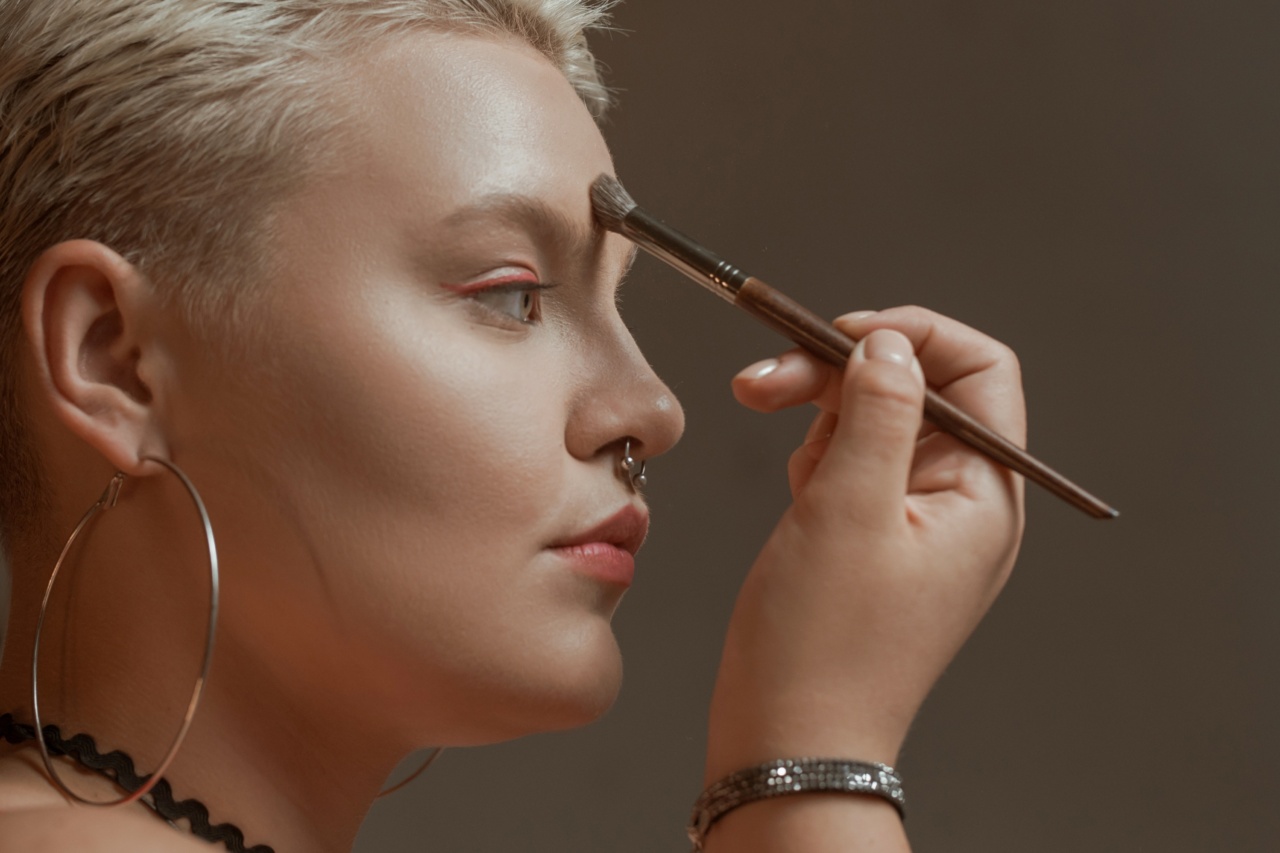Eye blush, also known as eye redness, is a common condition characterized by the reddening of the white part of the eye, called the sclera.
It can affect people of all ages and is typically accompanied by various symptoms, such as itching, burning sensation, and increased tear production. Eye blush can be caused by a multitude of factors and understanding its underlying causes is crucial for effective prevention and treatment.
1. Allergies
Allergic reactions are one of the leading causes of eye blush. When your eyes come into contact with allergens, such as pollen, dust mites, or pet dander, your immune system releases histamines to combat the perceived threat.
These histamines cause blood vessels in the eyes to expand, resulting in redness and inflammation. Common allergic conditions like hay fever and allergic conjunctivitis can trigger eye blush as well.
2. Dry Eye Syndrome
Dry eye syndrome occurs when your eyes cannot produce enough tears or the tears evaporate too quickly. This condition can lead to eye blush due to irritation and inflammation.
Factors that contribute to dry eye syndrome include aging, certain medications, environmental factors (like dry or windy weather), and prolonged screen time without sufficient blinking.
3. Eye Infections
Eye infections, such as conjunctivitis (commonly known as pink eye), bacterial or viral infections, and styes, can cause eye redness and discomfort.
These infections often result in the production of extra fluids or discharge, leading to further inflammation and consequent eye blush. Proper hygiene and prompt treatment are essential to prevent the spread and recurrence of these infections.
4. Environmental Irritants
Exposure to irritating substances or environments can cause eye blush. Chemical irritants, including chlorine in swimming pools, smoke, air pollution, and harsh cleaning products, can all lead to redness and irritation.
Additionally, excessive exposure to ultraviolet (UV) rays, either from the sun or tanning beds, can also contribute to eye redness.
5. Eye Strain
Eye strain, often associated with excessive and prolonged use of digital devices (such as smartphones, computers, or tablets), can result in eye redness.
Staring at screens for extended periods can cause dryness, fatigue, and strain on the eyes, leading to redness and discomfort.
6. Contact Lens Issues
Wearing contact lenses, especially for an extended period, can cause eye blush. The lenses may accumulate dirt, debris, or protein deposits, leading to irritation and inflammation.
Improper cleaning, storage, or wearing of lenses can also increase the risk of eye infections, which can manifest as eye reddening.
7. Allergic Reactions to Cosmetics
Some individuals may have allergic reactions to certain cosmetic products, such as eye makeup or contact lens solutions. The ingredients in these products can trigger an allergic response, causing eye redness, itching, and irritation.
It is essential to be aware of any ingredients that may cause such reactions and avoid using products that may trigger eye blush.
8. Systemic Conditions
Certain systemic conditions, such as rheumatoid arthritis, lupus, and rosacea, can contribute to eye blush. These conditions cause inflammation throughout the body, including the eyes.
If you have a diagnosed autoimmune or inflammatory condition, it is necessary to manage it effectively to minimize eye blush and other associated symptoms.
9. Hormonal Changes
Hormonal changes, particularly in women, can impact ocular health and contribute to eye redness.
Fluctuations in estrogen levels, such as those that occur during pregnancy, menopause, or menstrual cycles, can result in dryness, irritation, and subsequent eye blush.
10. Other Underlying Medical Conditions
There are various underlying medical conditions that can cause eye blush. These may include glaucoma, uveitis, blepharitis, and other ocular infections or inflammations.
If you experience persistent or severe eye redness, it is essential to consult with an eye care professional to determine the underlying cause of the blush.
Conclusion
While eye blush can be uncomfortable and sometimes indicative of an underlying problem, it is often a temporary condition that can be effectively managed or prevented.
Understanding the potential causes of eye blush allows individuals to take appropriate measures to maintain healthy eyes. If you experience prolonged or severe eye redness, it is advisable to seek professional advice to diagnose and treat any underlying issues.






























